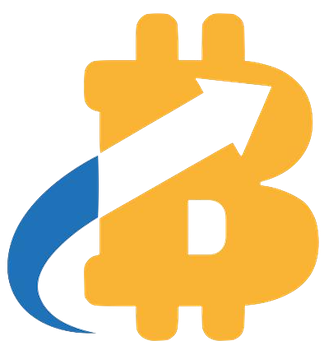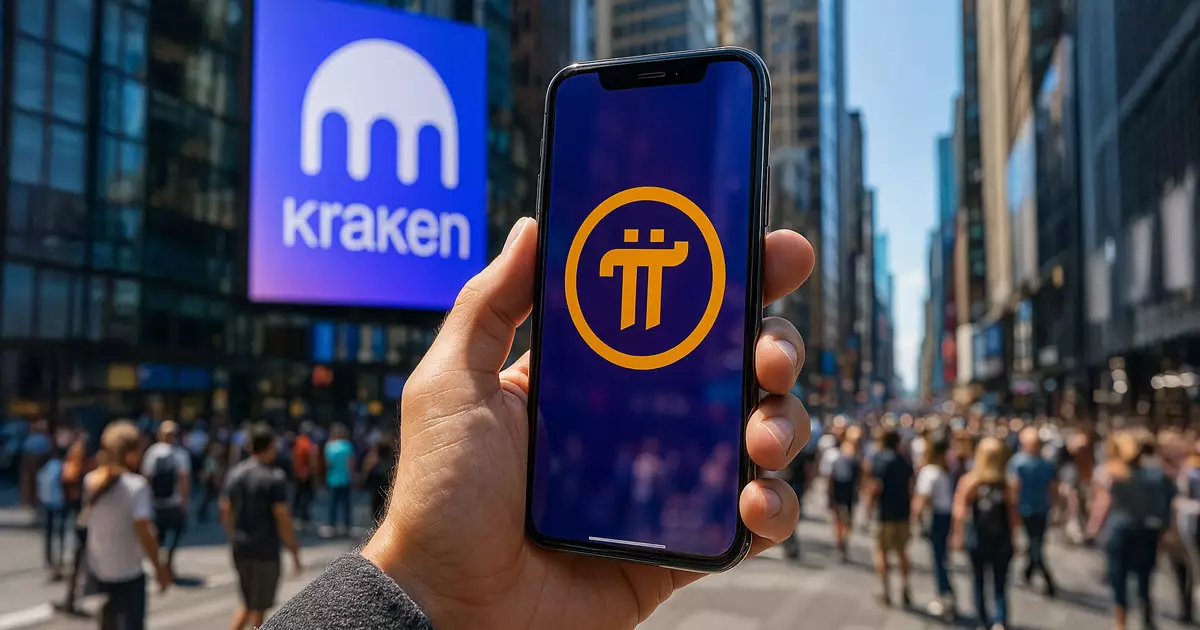The recent announcement from Kraken regarding the introduction of perpetual futures contracts for the Pi Network’s native token, PI, sends ripples through the crypto space. This move, which allows traders to leverage their bets up to 20 times, raises significant red flags about the underlying sustainability of the asset. While the potential for tremendous gains may seem appealing, the inherent risks associated with such high leverage often overshadow the possibilities. Featuring the token prominently on a major derivatives platform is, quite frankly, a double-edged sword. It can attract speculative traffic but, as in many such cases, it could lead to individual traders being trapped in a cycle of loss.
Price Performance and Market Sentiment
Despite the momentous occasion of a derivatives listing, PI’s failure to rally in price post-announcement is a telling indicator of market sentiment. The token was already trading down 5.33% within 24 hours, which speaks volumes about the lack of confidence among potential investors. The broader crypto landscape is littered with tokens that thrived on hype but ultimately fell flat—unless PI can break the $1 barrier again, it’s likely to join that infamous roster of disappointments. Furthermore, the fact that it hasn’t even secured listings on prominent platforms like Coinbase or Binance only amplifies concerns regarding its legitimacy and strive for mainstream adoption.
The Decentralization Dilemma
A pivotal issue plaguing the Pi Network is its dubious decentralization. With around 60% of PI token supply still predominantly under the control of its core team, genuine adoption remains a question mark. This concentration of authority can lead to apprehensions among traders, who often prefer a decentralized ethos in crypto projects. Adding to that uncertainty is the geographical distribution of validator nodes primarily in Vietnam, a region poised to implement stricter regulatory frameworks on cryptocurrencies. Such impending regulations may create operational bottlenecks while further undermining the project’s decentralization aspirations.
The Looming Threat of Volatility
Trading PI through Kraken’s perpetual futures contracts brings about increased liquidity but at a high cost of volatility. The crypto market is notorious for its erratic price movements, and the introduction of leveraged trading could amplify this unpredictability. In an already shaky market, the potential for liquidations of both long and short positions poses an immediate threat. While Kraken may foster a sophisticated trading environment, it dramatically increases the stakes for everyday traders, particularly those who may be ill-prepared for such volatility.
A Question of Viability
As we stand on the precipice of a new chapter in Pi Network’s history, the urgent questions remain: Will this listing truly benefit the token, or is it merely a temporary mirage? More fundamentally, can a project marred by centralization, regulatory scrutiny, and high-volatility trading ever find a lasting place in the crypto ecosystem? The upcoming months will be instrumental in determining PI’s trajectory—not just in terms of price, but more critically, in establishing its credibility as an entity within a competitive and rapidly evolving market. As the trading volume swells and speculation mounts, one can only hope that the Pi Network has the resilience to navigate the treacherous waters ahead.



















Leave a Reply